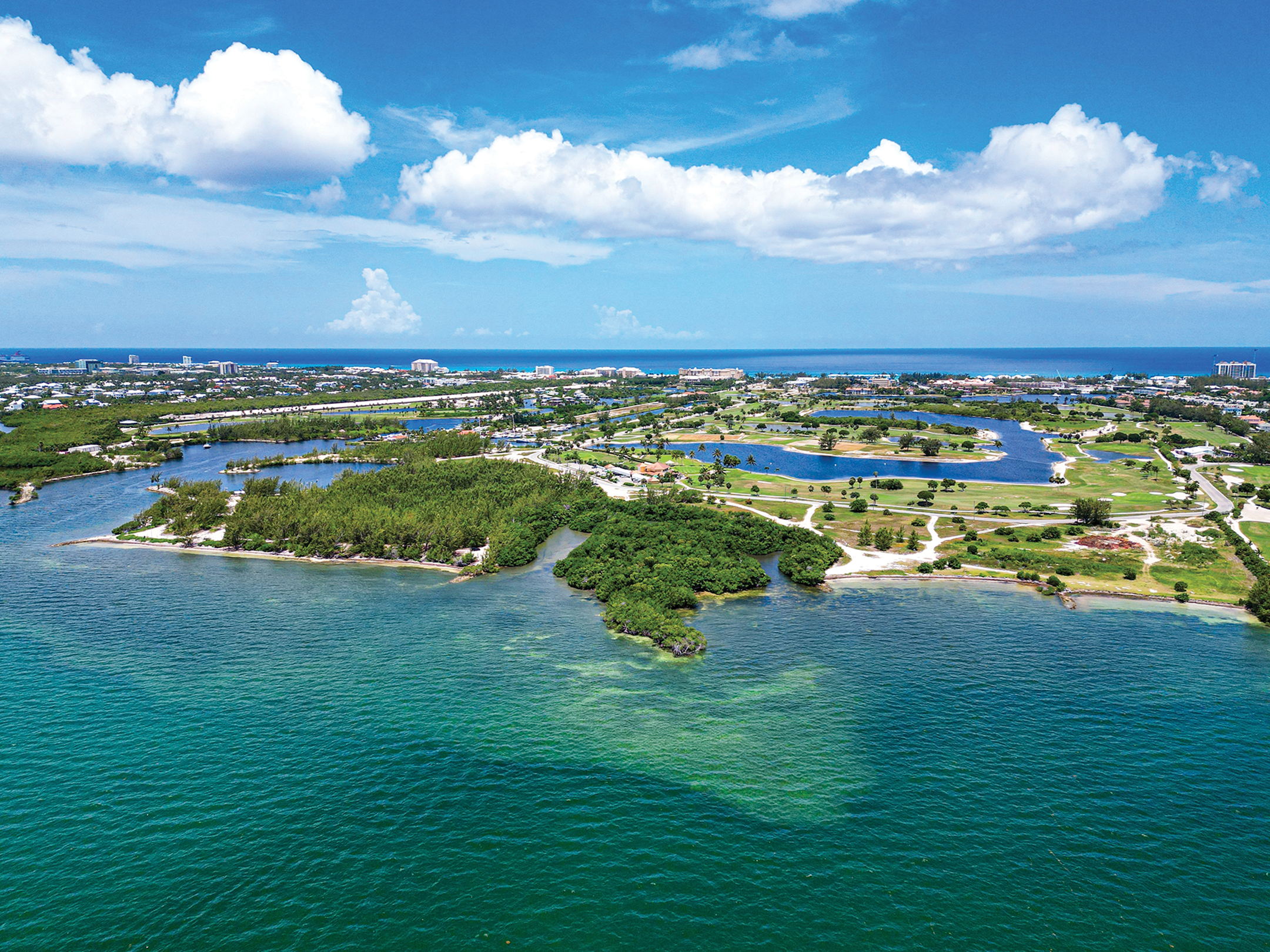
COASTAL DEVELOPMENTS: LEGAL ESSENTIALS FOR PROPERTY OWNERS AND DEVELOPERS, CAYMAN ISLANDS
REAL REPORT | COASTAL DEVELOPMENTS: LEGAL ESSENTIALS FOR PROPERTY OWNERS AND DEVELOPERS
Words by Sophie Warburton, Senior Associate at Ogier.
To think of the Cayman Islands is to think of the sea. From the early reliance on fisheries and later seafaring as an avenue for financial independence to today’s thriving tourism sector, the water is an intrinsic part of the Islands’ cultural identity. As construction continues along Cayman’s coasts and canals, Ogier shares insights into the legal framework for coastal development projects.
To think of the Cayman Islands is to think of the sea. From the early reliance on fisheries and later seafaring as an avenue for financial independence to today’s thriving tourism sector, the water is an intrinsic part of the Islands’ cultural identity. As construction continues along Cayman’s coasts and canals, Ogier shares insights into the legal framework for coastal development projects.
RIGHTS OVER CAYMAN’S WATERWAYS
For properties along the natural coastline, private land ownership extends to the high-water mark, with the Crown controlling the land and water beyond. You may have heard the seabed affectionately referred to as the ‘Queen’s Bottom.’ As we adjust to the new phrase ‘King’s Bottom,’ let’s not ponder the terminology too deeply and focus instead on the legal implications.
In Cayman, several well-known canals sit on Crown land – including Governor’s Harbour, Lime Tree Bay, Safe Haven Canal and Snug Harbour Canal. These are subject to public access rights.
Other canals in popular subdivisions are privately owned and are identified by individual block and parcel numbers within the Lands and Survey Department’s land registration system.
For these private canals, access rights may have been granted to or acquired by specific groups, such as property owners within the original subdivision or neighbouring areas. For any project involving construction on or around a canal, these rights should be investigated during due diligence to maintain good neighbourly relations.
STRUCTURES AND COASTAL WORKS
A coastal works permit from the Department of Environment is required to construct docks, jetties, or piers along public coastlines. The Department’s website offers useful resources to guide you through this process.
For private watercourses, new structures and alterations to existing ones require approval from the Department of Planning. Input from the Department of Environment may also be sought.
In both cases, detailed construction plans and site information are necessary. It is advisable to engage a licensed surveyor or experienced engineer early in the process.
RESPONSIBLE DEVELOPMENT
Constructing, dredging, or altering canals on private land requires a permit from the Water Authority in addition to the Department of Planning’s approval. These permits confirm your adherence to regulations that protect the ecosystem.
Flood risks and coastal management are key considerations. Therefore, any coastal development should engage in due diligence to understand the potential impacts of the project on natural water flows and storm surges. Your plans should address the potential impact on land drainage and flooding of inland properties, especially if they affect the existing waterline’s integrity.
Remember, construction should not begin without the necessary permits.
Approaching your coastal project with a comprehensive understanding of the legal framework and the underlying sustainability objectives will help to ensure it brings future enjoyment and adds value to your investment.
To learn more, contact Sophie Warburton,
Local Legal Services Associate for Ogier at:
Email: cayman@ogier.com
Call: 1.345.949.9876 www.ogierproperty.ky
To learn more, contact Sophie Warburton,
Local Legal Services Associate for Ogier at:
Email: cayman@ogier.com
Call: 1.345.949.9876 www.ogierproperty.ky
